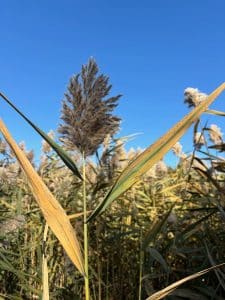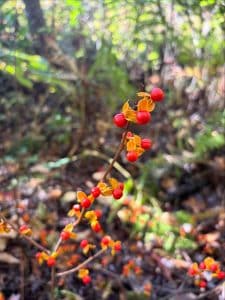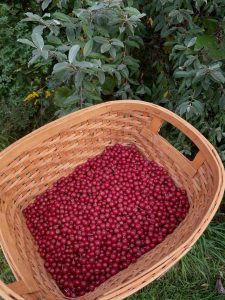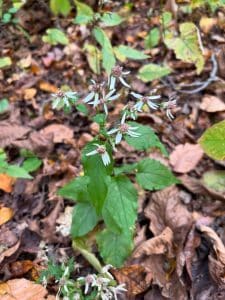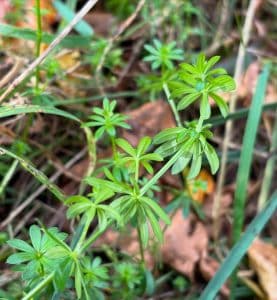Page Created by Connecticut Foraging Club
Upcoming Events | Meet the Instructors | Plant Archive | Mushroom Archive
----------------
Upcoming Events | Meet the Instructors | Plant Archive | Mushroom Archive
----------------
Butternut (Juglans cinerea) is a native tree with edible nuts. It can be found in rich soil and abandoned fields.
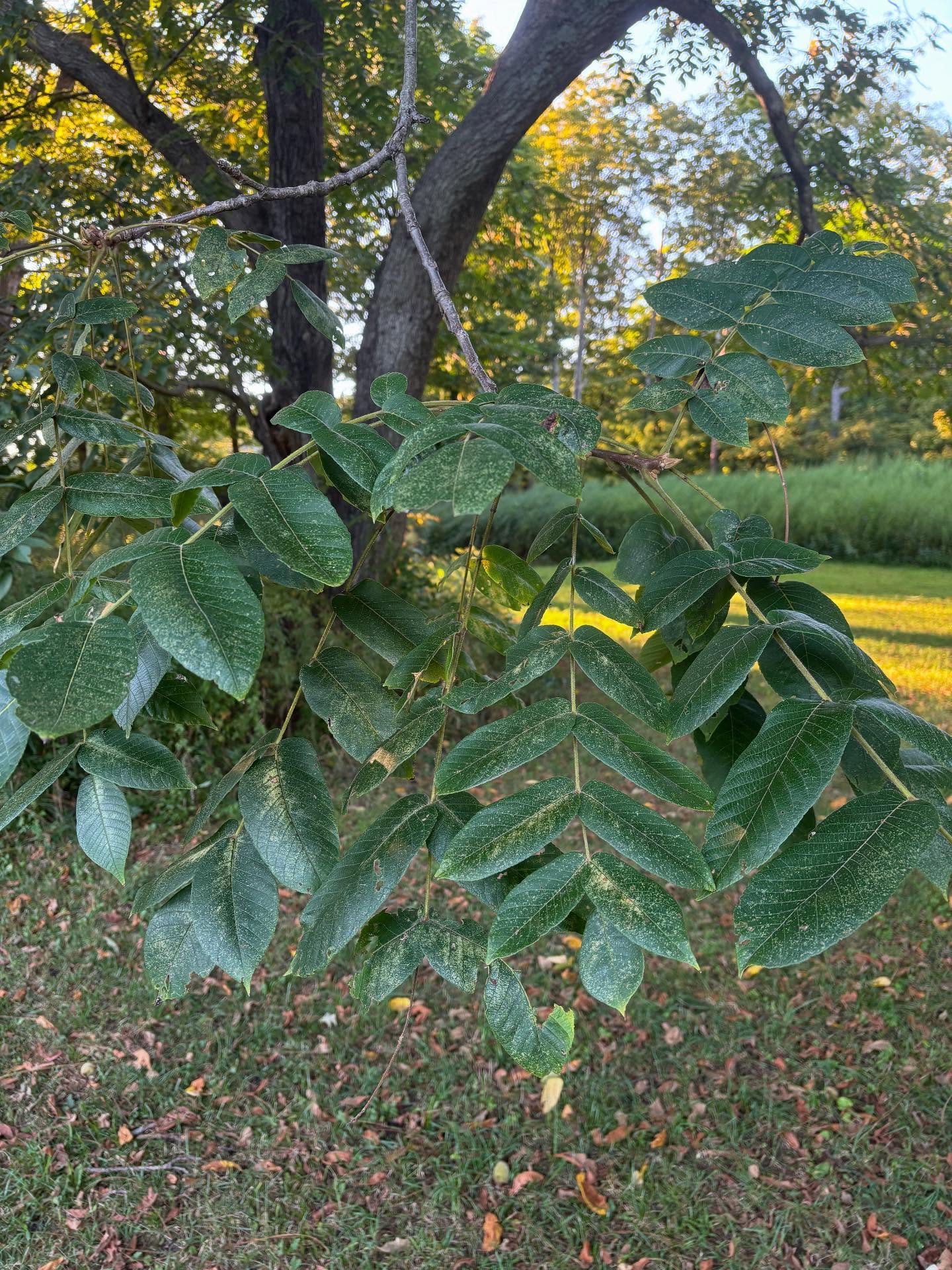
Populations in Connecticut are decreasing due to a fungal disease called butternut cancer.
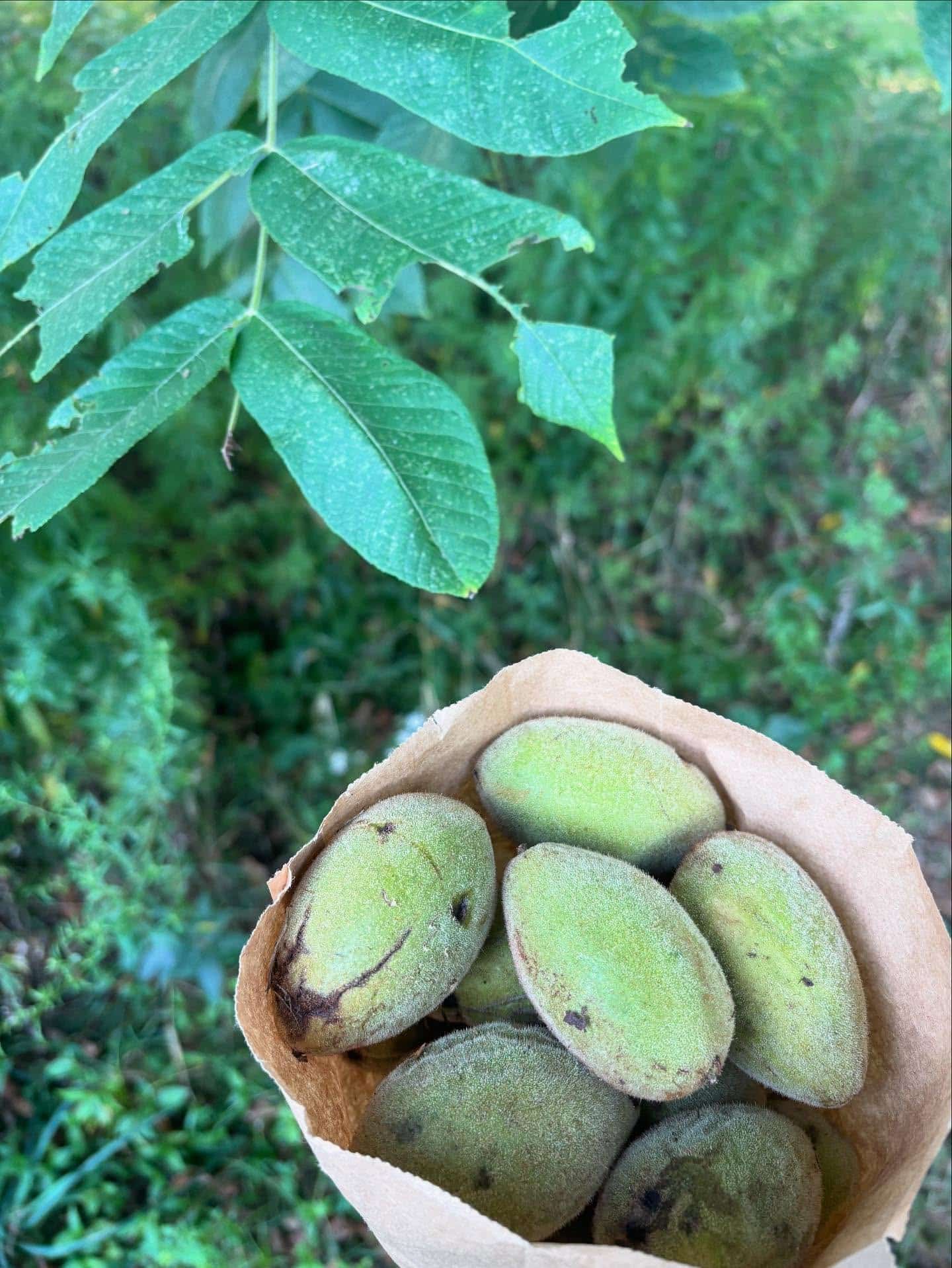
Butternut, also known as white walnut, can be identified by its compound leaves with up to 19 toothed leaflets. Nuts are encased in oval, sticky green husks. Under the husk there is a a grooved shell with a pointed beak on one end.
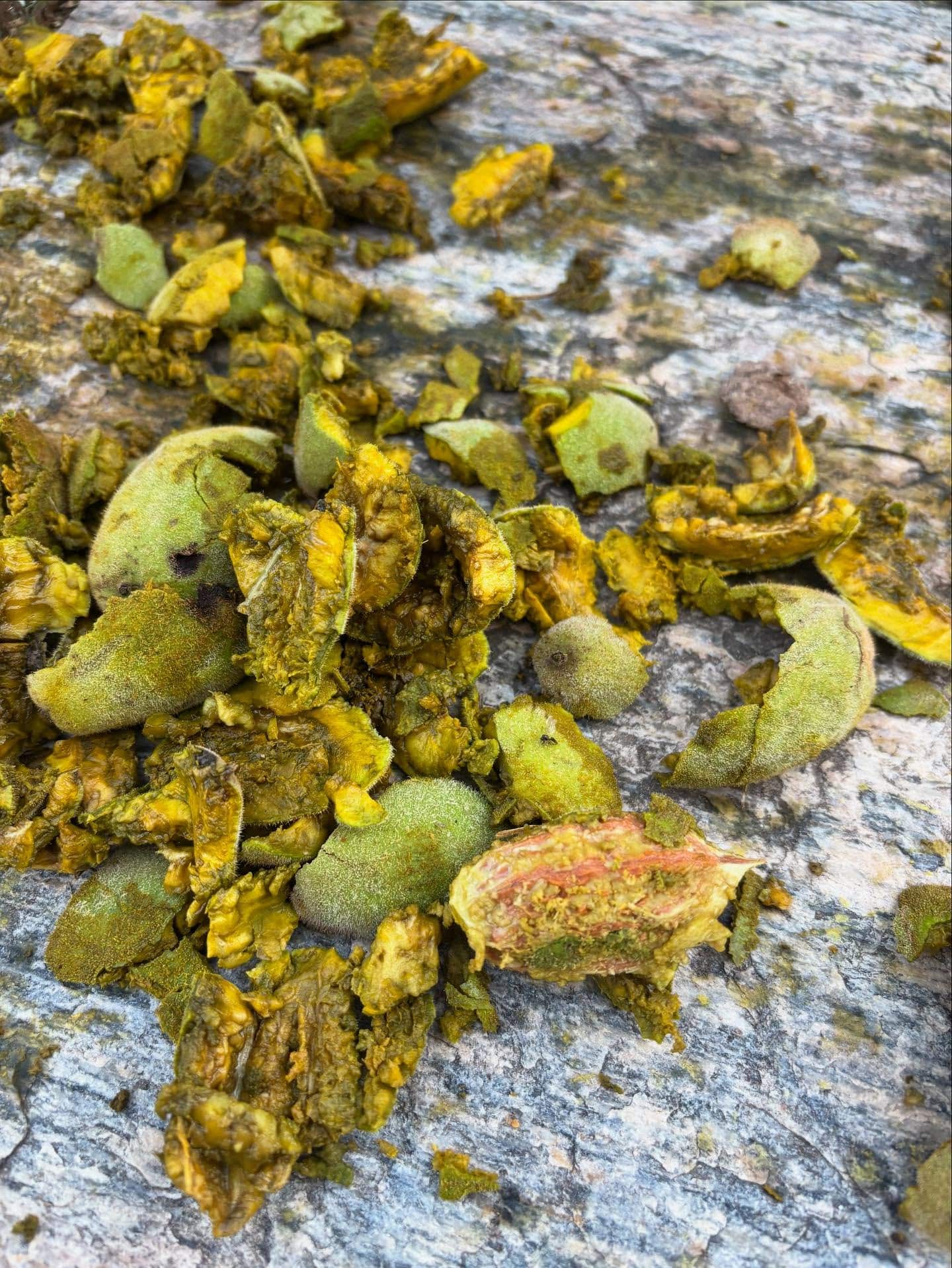
Nuts ripen and drop late summer to early fall. The outer green hull can be removed by stomping on it. Gloves can be worn to prevent staining your hands. The nutshell can then be washed and dried for a few weeks. Once you can hear the nut rattle in its shell, it’s ready to crack open.
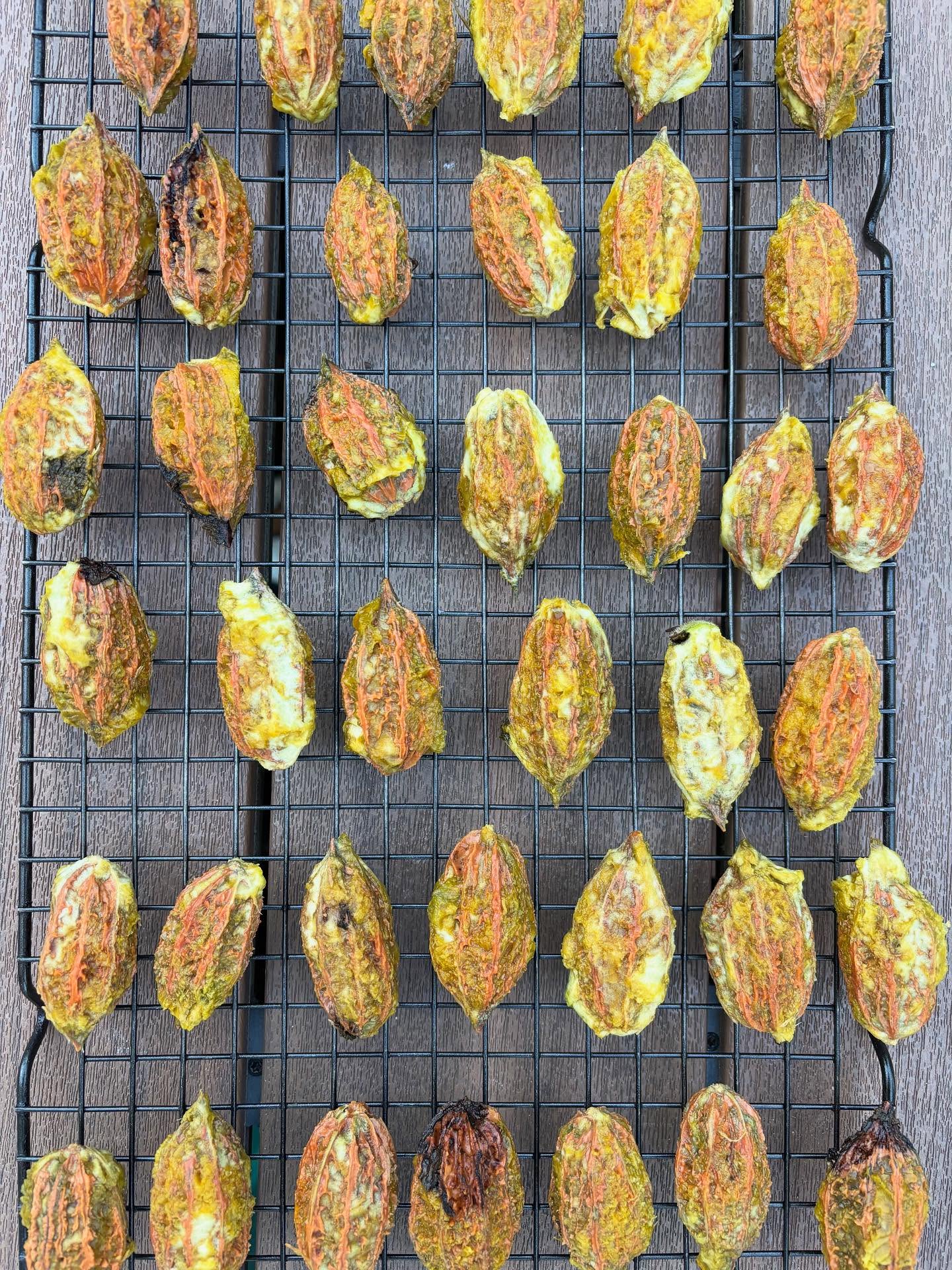
Nuts can be enjoyed raw or lightly toasted. They have a sweet, buttery flavor.
Collecting some of the fallen nuts will not harm the tree but be sure to leave some behind for wildlife. Nuts can also be planted.
--
Written by Amy Demers, founder of the Connecticut Foraging Club. To learn more about foraging in Connecticut, check out our upcoming classes.


